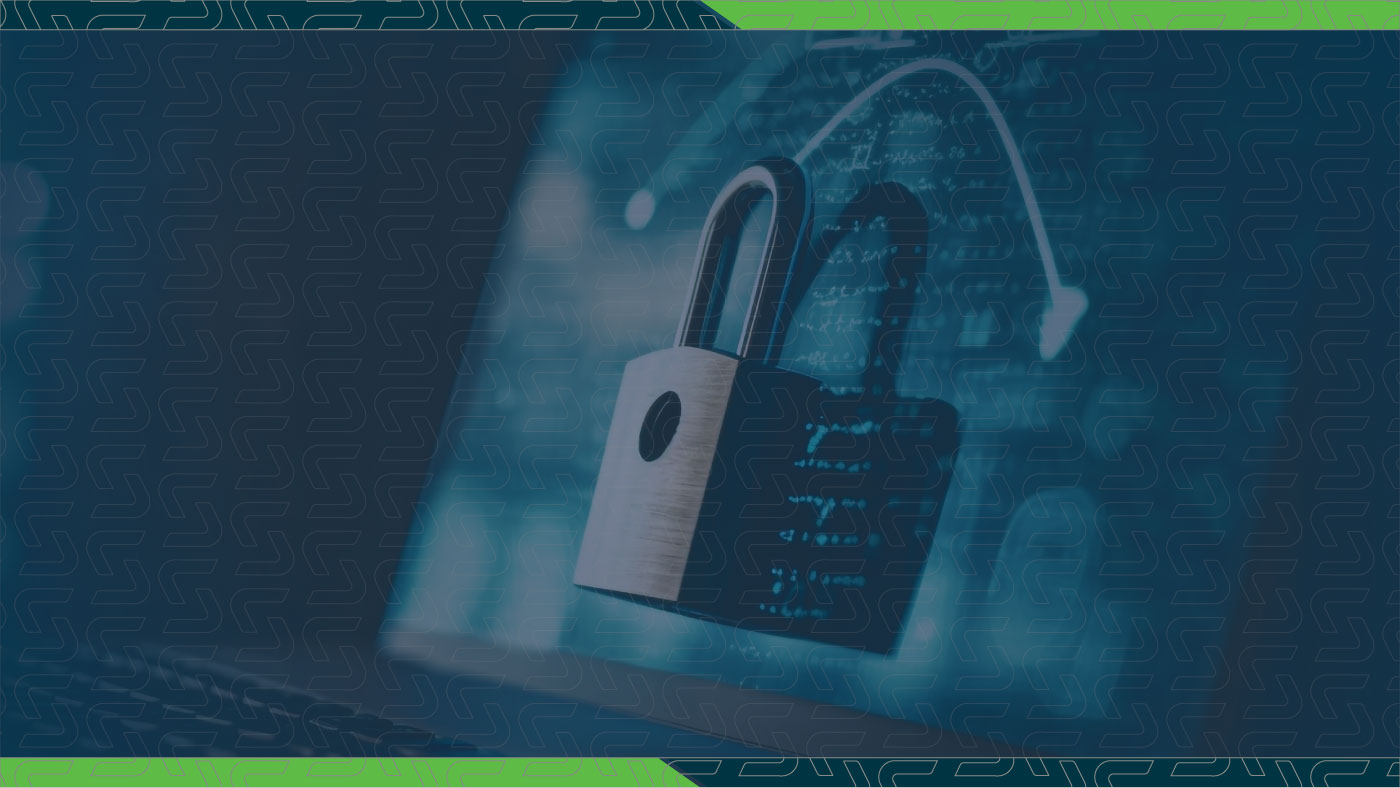Internal Cybersecurity Risks in Organizations

When most people think of cybersecurity threats, they picture outside attackers trying to breach the network. But often, the biggest risks are already inside. Whether it’s human error, shadow IT, or poor policy enforcement, internal vulnerabilities can be just as damaging. In this blog, we’ll explore five commonly overlooked cybersecurity risks within organizations and how you can proactively address them.
-
Shadow IT
Employees often use unauthorized tools or services to get their work done faster. While it may boost productivity, it also creates blind spots in your security program. Unapproved apps don’t go through the same vetting as official tools, leaving sensitive data exposed.
Tip: Deploy an Asset Discovery or ASM (Attack Surface Management) solution to detect and inventory every app, device, and service connected to your environment.
-
Overprivileged Access
Giving users more access than they need increases your attack surface. If an account with elevated permissions gets compromised, the damage can be catastrophic.
Tip: Follow the principle of least privilege (PoLP) and review user permissions regularly. Tools like IAM (Identity and Access Management) and MFA (Multi-Factor Authentication) are essential here.
-
Unpatched Software
Patch management can easily fall behind, especially in hybrid environments. But outdated software is a magnet for attackers looking to exploit known vulnerabilities.
Tip: Automate patch management whenever possible, and run regular vulnerability scans to ensure nothing slips through the cracks.
-
Insider Threats
Whether intentional or accidental, insider threats are difficult to detect and often go unnoticed until it’s too late. These can come from disgruntled employees or just simple mistakes.
Tip: Combine behavior analytics with user activity monitoring. Train employees regularly to recognize phishing and social engineering tactics.
-
Inconsistent Security Policies
If security policies aren’t enforced uniformly across departments, you’re likely to have gaps. Remote work and BYOD (Bring Your Own Device) have only made this harder.
Tip: Create clear, enforceable policies and conduct regular audits to ensure compliance. Align your policies with frameworks like NIST or ISO 27001.
Organizations often underestimate internal cybersecurity risks, yet these vulnerabilities are among the most overlooked. Understanding internal cybersecurity risks in organizations is crucial for strengthening your overall security posture.
Need help uncovering blind spots in your cybersecurity strategy?
Sedara’s Security Operations Center (SOC) and Cybersecurity Development Program (CDP) can help you assess your environment and implement proactive solutions.
Contact us today to learn more and schedule a consultation.